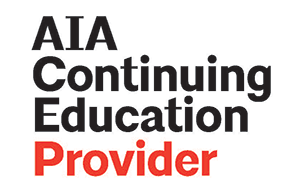 | 1 LU |
 | 1 LU |
Teaching and learning, research, planning, and policy making share the same prerequisite, stability. For government, institutions, the economy, or underlying ecological foundations, the act of imagining the future is conditioned by the signposts of the present, and many signs point to the possibility of an unstable future in the year 2070. If there is a future worth imagining, it is one of ecological health and stability. Embodied carbon will account for half of all greenhouse gas emissions from the building sector between now and 2050. To arrive at our desired future in 2070, we must engage in “disruptive resilience”, aligning our global educational goals and our goals for sustainable school building solutions to promote effective environmental stewardship and counteract climate change. Specifically, we must
The most important actors in this effort are our young people who will be our cultural change agents in the coming decades. How does the relationship between place, and learning impact student perception of the world they inhabit? Can student engagement with place be transformational to their development? Does biophilia suggest opportunities to reinforce our affinity with the natural world? Through mini theoretical case studies, this session will explore the impacts that design and construction of schools with low embodied carbon goals can have on a wide range of relevant school planning topics, including student development, teaching pedagogy, community engagement, and life cycle operational costs. More specifically, we explore the true implications for school planning when we fully commit to biophilic practices and to building structures with wood and other carbon friendly materials.
Learning Objectives:
Patrick Donnelly, Director of Sustainable Design, Integrus Architecture
Patrick leads Integrus Architecture's sustainable design and environmental stewardship initiative. As a K12 architect, Patrick applies his knowledge of sustainable building to schools, searching for that intersection where teaching pedagogies are supported by a biophilic structure. Patrick's recent research seeks to align best and next practices in teaching, learning, and social development with the opportunities and constraints presented by low embodied carbon building practices. His work in the K12 arena is consistently recognized for it's thoughtful approach to carbon reduction and sustainable building practices.
Theresa Daniel, Director of Structural Engineering, Integrus Architecture
Theresa leads Integrus Architecture’s structural engineers. With a degree in architectural design and a career focused on creating innovation in learning environments, she has been responsible for the design of more than 40 new and renovated school projects throughout the Pacific Northwest. Theresa’s focus is to provide biophilic structural solutions that align with educational goals and resonate with learners. Her work has been recognized with numerous awards, including two McConnell F\finalists, and three national AIA CAE awards.